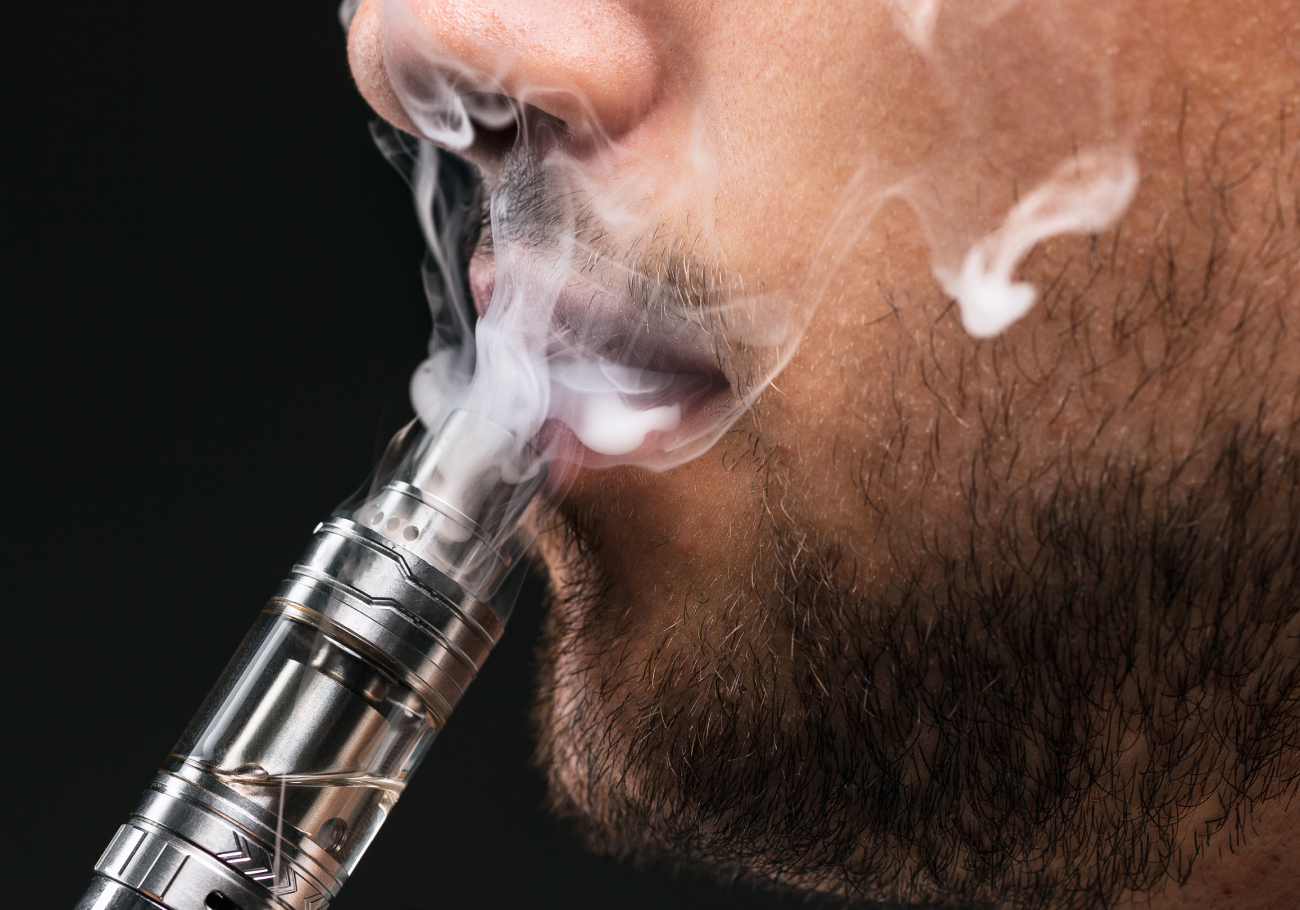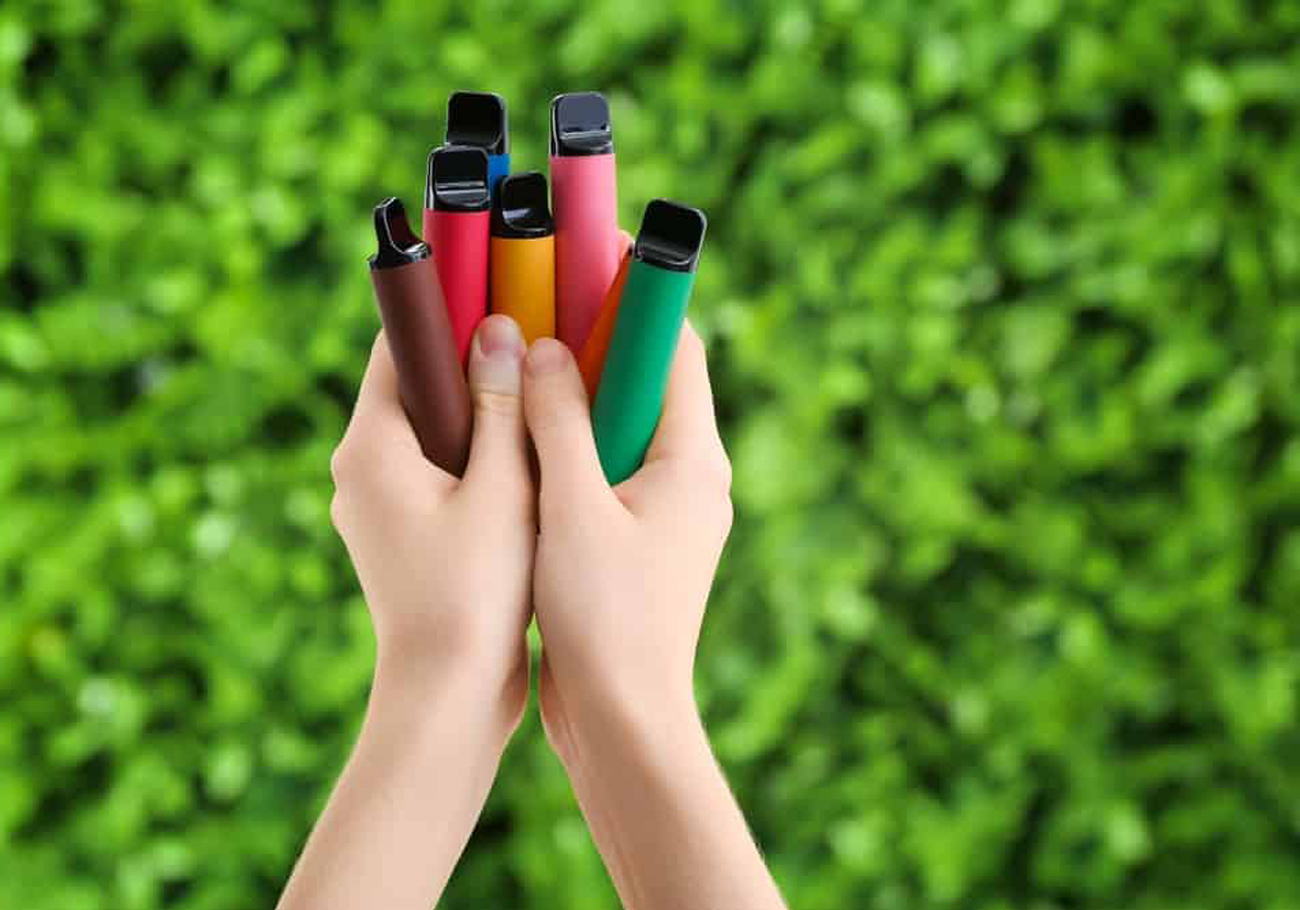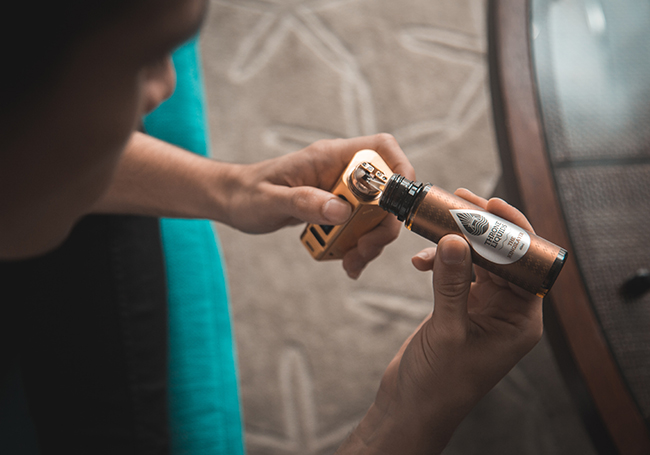
Vaping has surged in popularity, particularly among young people, with vape and e-cigarettes often marketed as a safer alternative to traditional smoking.
However, the hidden dangers of vape devices pose significant health risks, warns Associate Professor Dr Kow Ken Siong, a Consultant Respiratory Physician at Sunway Medical Centre.
While vaping eliminates some harmful byproducts of smoking, it introduces new chemicals, such as acrolein, which can cause lung injury, asthma, and increase cancer risks.
The rising popularity of vaping among youth

The rise in vape usage, especially among younger generations, is alarming. From 2017 to 2022, the number of youths vaping almost doubled, with rates climbing from 9.8% to 14.9%. 1
According to Dr Kow, sleek designs and enticing flavours make vaping appear trendy, but this perception is dangerously misleading.
“Vaping heats nicotine from tobacco along with flavourings and other additives, creating aerosols inhaled into the lungs.
While it might reduce some harmful chemicals compared to smoking, it introduces others, including cleaning agents and even methanol, which is found in rocket fuel,” explains Dr Kow.
Studies have shown that vaping can lead to severe lung injuries, mental health issues, and increased risks of cardiovascular disease, especially in adolescents.2
“With vaping, we are treading on dangerous grounds where youths are essentially guinea pigs in this uncontrolled experiment,” warns Dr Kow.
Secondhand and thirdhand vape smoke threats

Many vape users wrongly believe their habit only affects them.
However, secondhand exposure to vape aerosols can be equally harmful to those around them.
Dr Kow emphasises that e-cigarette vapours, much like cigarette smoke, contain harmful particles such as nicotine and volatile organic compounds that can harm non-smokers.
“Secondhand smoke from cigarettes or vaping devices infiltrates the lungs of loved ones, leading to respiratory infections, asthma, and cardiovascular issues, especially for children and pregnant women,” says Dr Kow.
“Imagine an elderly family member developing cardiovascular problems or a child developing asthma simply from passive exposure—it’s devastating.”
Worse yet, thirdhand smoke—residues from smoking or vaping that cling to furniture, carpets, and clothes—remains a lingering threat long after the device is put away.3
“Thirdhand smoke embeds itself in surfaces and releases toxins over time, posing serious risks, especially for infants and young children,” Dr Kow explains.

“Cleaning or airing out rooms isn’t enough to remove these harmful chemicals.”
Creating smoke-free and vape-free environments is critical to preventing secondhand and thirdhand smoke exposure. 4
“Homes, cars, and public spaces should be sanctuaries,” Dr Kow stresses.
He advocates for comprehensive education campaigns to raise awareness about the risks associated with vaping, especially among young people.
“Everyone has a role to play in spreading awareness, especially parents who need to educate their children about the real dangers of vaping,” he says.
Countries that have implemented smoke-free policies have shown encouraging results, and Malaysia should continue to follow suit to protect its citizens.
For those looking to quit smoking or vaping, effective treatment options are available, including nicotine replacement therapies and behavioural counselling.
“Quitting is challenging, but with the right support, it’s achievable. Consult your doctor to develop a tailored cessation plan that suits your needs,” Dr Kow advises.
Dr Kow’s message is clear: the risks of vaping extend far beyond the individual. “Every puff impacts lives we may not even realise. It’s our responsibility to protect ourselves and our loved ones.”
- National Health & Morbidity Survey 2022: Adolescent Health Survey 2022 by the Institute for Public Health, National Institutes of Health, Ministry of Health Malaysia. 1a_Infografic_AHS_BI_18052023 (iku.gov.my) ↩︎
- Chadi, N., Vyver, E., & Belanger, R. (2021). Protecting children and adolescents against the risks of vaping.. Paediatrics & child health, 26 6, 358-374 . https://doi.org/10.1093/pch/pxab037. ↩︎
- National Library of Medicine. (n.d.). Secondhand smoke. https://medlineplus.gov/secondhandsmoke.html ↩︎
- World Health Organization. (2024). The Netherlands adopts all MPOWER measures to reduce tobacco demand. WHO Report on the Global Tobacco Epidemic. ↩︎











